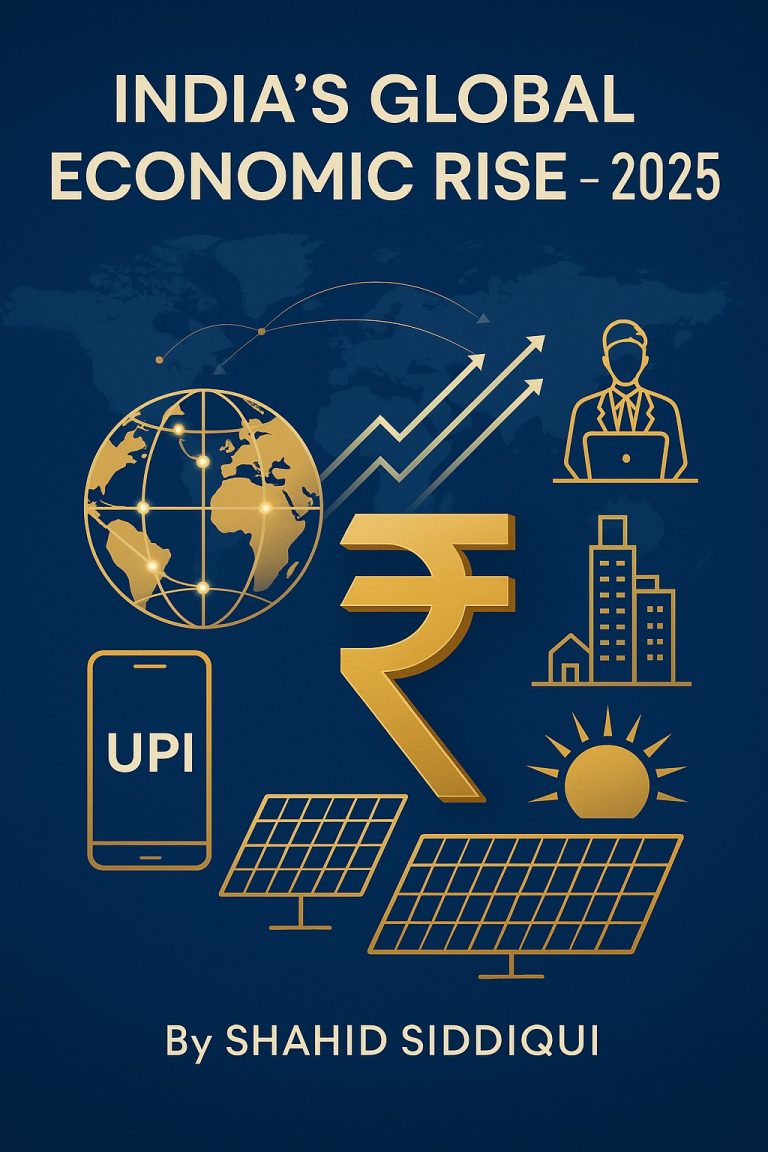inflation and Unemployment
Concept of Inflation ➖
Inflation in economics refers to the general increase in the price level of goods and services in an economy over a period of time. When inflation occurs, each unit of currency buys fewer goods and services than it did before, resulting in a decrease in purchasing power.
Key Concepts Related to Inflation:
- Types of Inflation:
- Demand-Pull Inflation: Occurs when the demand for goods and services exceeds the available supply, driving prices up.
- Cost-Push Inflation: Arises when the cost of production increases (e.g., due to higher wages or raw material costs), leading producers to raise prices.
- Built-In Inflation: Happens when businesses and workers expect rising prices, leading to a wage-price spiral, where wages increase to keep up with higher prices, further increasing production costs and prices.
- Measurement of Inflation:
- Consumer Price Index (CPI): Tracks changes in the price of a basket of consumer goods and services, representing what households typically buy.
- Wholesale Price Index (WPI): Measures the price changes in goods at the wholesale level, before they reach consumers.
- GDP Deflator: A broad measure that reflects changes in the price level of all goods and services included in a country’s GDP.
- Effects of Inflation:
- Erosion of Purchasing Power: As prices rise, the same amount of money buys fewer goods and services.
- Income Redistribution: Inflation can benefit borrowers (who repay debts with money that is less valuable) but hurt savers and fixed-income earners.
- Uncertainty in Investment: High or unpredictable inflation can make long-term investments riskier.
- Control of Inflation:
- Monetary Policy: Central banks, like the Reserve Bank of India (RBI), control inflation by adjusting interest rates and using other tools to manage money supply.
- Fiscal Policy: Government spending and taxation policies can influence inflation by affecting aggregate demand.
Inflation can be either moderate (gradual price increase) or hyperinflation (extreme price rises), with varying impacts on the economy depending on its severity.
Concept of Unemployment ➖
Unemployment, in economics, refers to a situation where individuals who are capable of working and are actively seeking employment are unable to find a job. It is a significant indicator of a country’s economic health. The unemployment rate is the percentage of the labor force that is unemployed and actively looking for work. Here are the key concepts related to unemployment:
1. Types of Unemployment:
- Frictional Unemployment: This occurs when workers are temporarily unemployed while transitioning between jobs, or entering the labor force for the first time. It’s a normal part of the economy as people search for better opportunities.
- Structural Unemployment: This happens when there is a mismatch between the skills workers have and the skills needed for available jobs. This often results from technological changes, shifts in industries, or geographic movement.
- Cyclical Unemployment: Caused by fluctuations in the business cycle. During recessions, when demand for goods and services declines, businesses reduce production and lay off workers, leading to cyclical unemployment.
- Seasonal Unemployment: Some industries, like agriculture or tourism, have seasonal patterns of high and low demand, leading to periodic unemployment when demand is low.
- Long-term Unemployment: When individuals remain unemployed for an extended period, often over a year, due to structural changes in the economy or persistent economic downturns.
Unlock more learning power. Click the link below for related articles
2. Natural Rate of Unemployment:
The natural rate of unemployment includes frictional and structural unemployment but excludes cyclical unemployment. It is considered “natural” because it reflects the ongoing process of people entering and leaving the job market.
3. Full Employment:
Full employment doesn’t mean zero unemployment but rather the level at which all unemployment is frictional or structural, with no cyclical unemployment present. This is the point where the economy is operating at its maximum potential without inflationary pressure.
4. Measurement of Unemployment:
Unemployment is measured by the unemployment rate, which is calculated as:
Unemployment Rate=Number of Unemployed PeopleLabor Force×100\text{Unemployment Rate} = \frac{\text{Number of Unemployed People}}{\text{Labor Force}} \times 100Unemployment Rate=Labor ForceNumber of Unemployed People×100
The labor force includes all working-age people who are either employed or actively looking for work.
5. Economic Consequences of Unemployment:
- Lost Output: High unemployment means the economy is not utilizing its workforce efficiently, leading to a loss in output or GDP.
- Income Inequality: Unemployment often increases income inequality as it disproportionately affects certain groups, such as the less educated or those in declining industries.
- Social Costs: Prolonged unemployment can lead to social issues like poverty, crime, and a decline in mental health.
6. Unemployment and Inflation:
- The Phillips Curve suggests an inverse relationship between unemployment and inflation in the short run: as unemployment decreases, inflation tends to rise, and vice versa.
